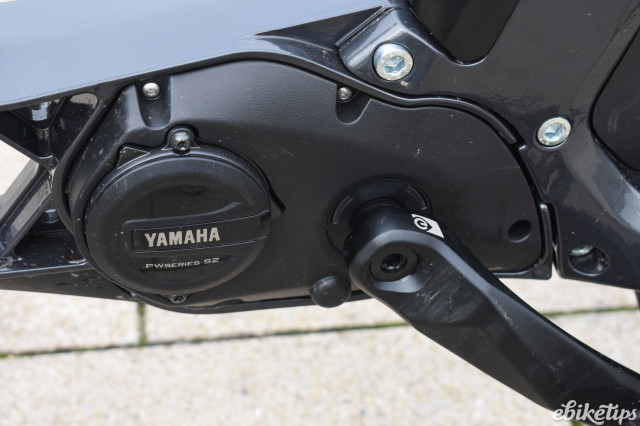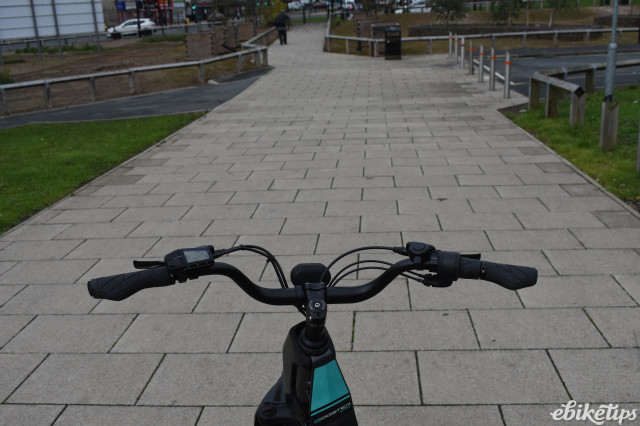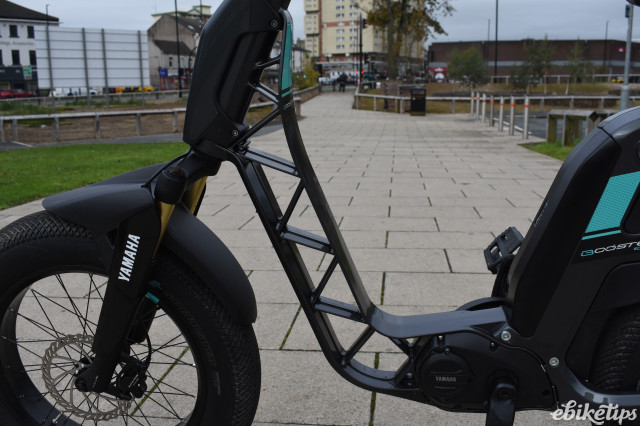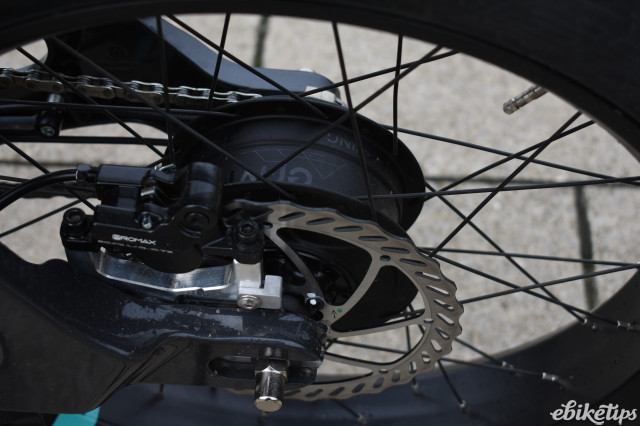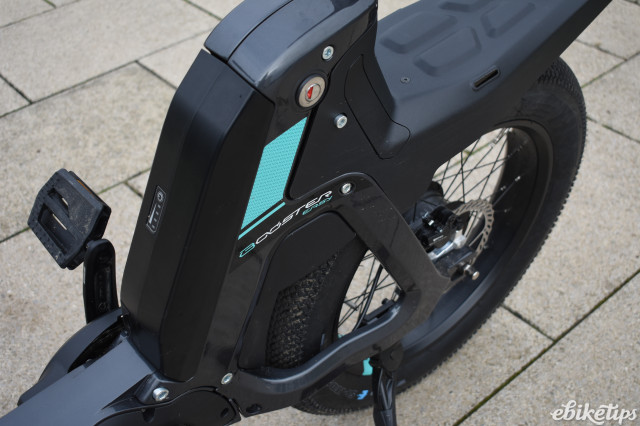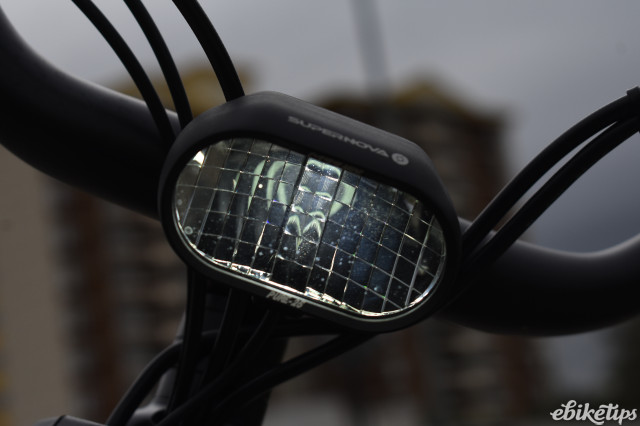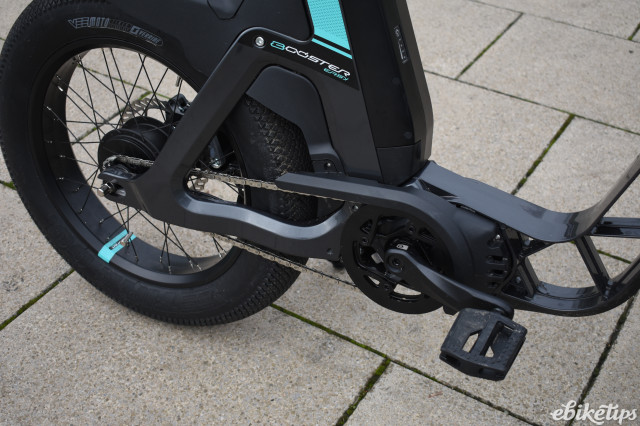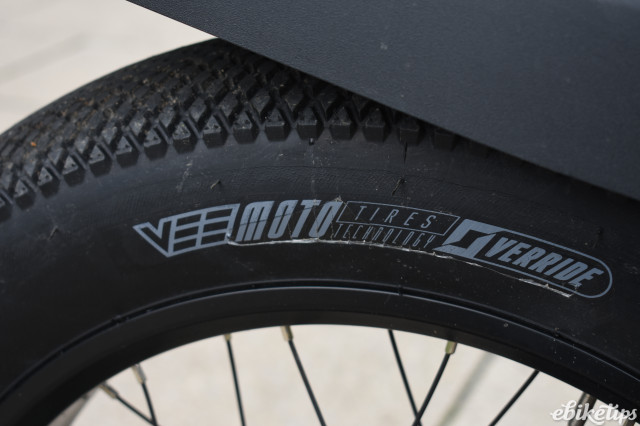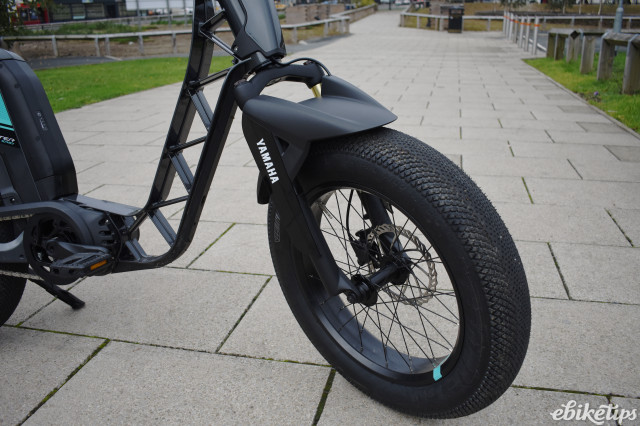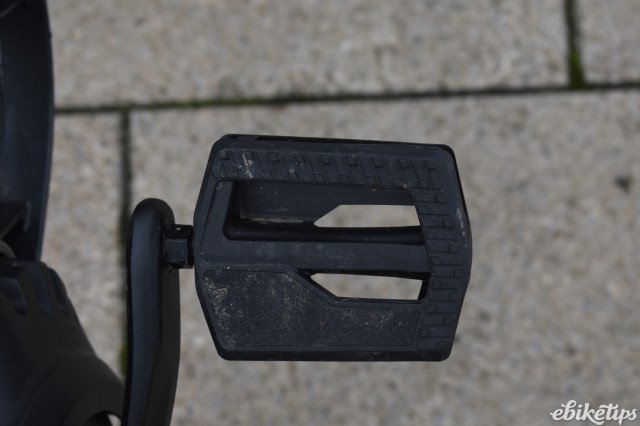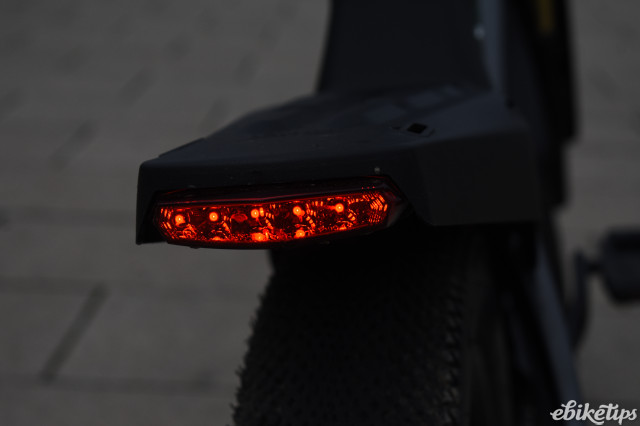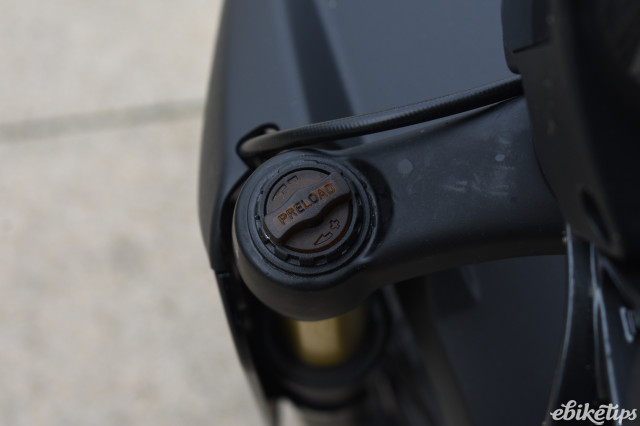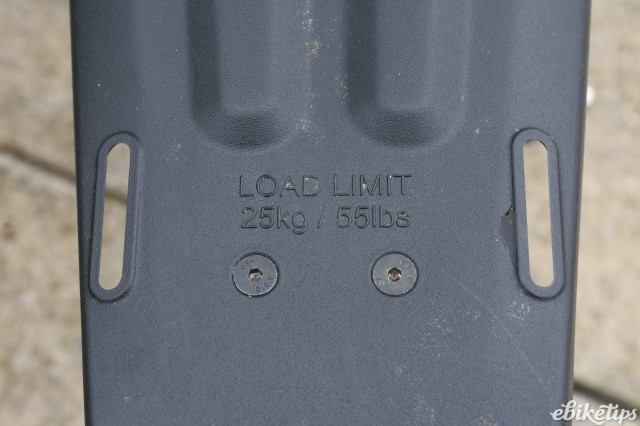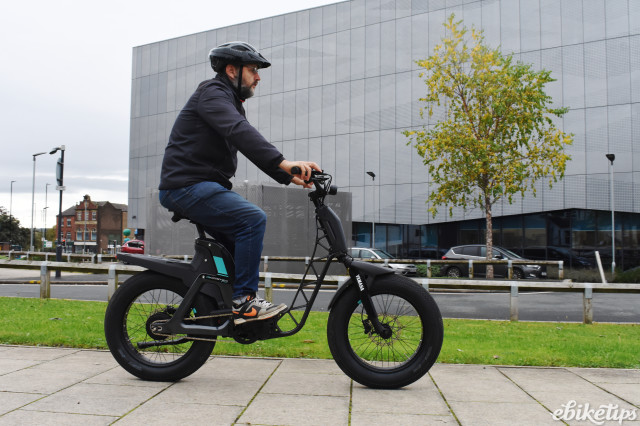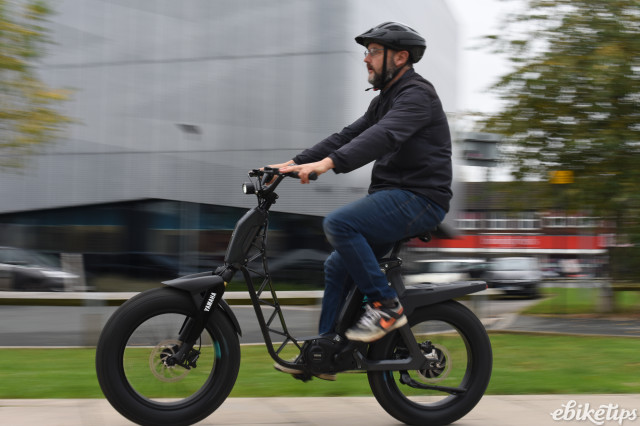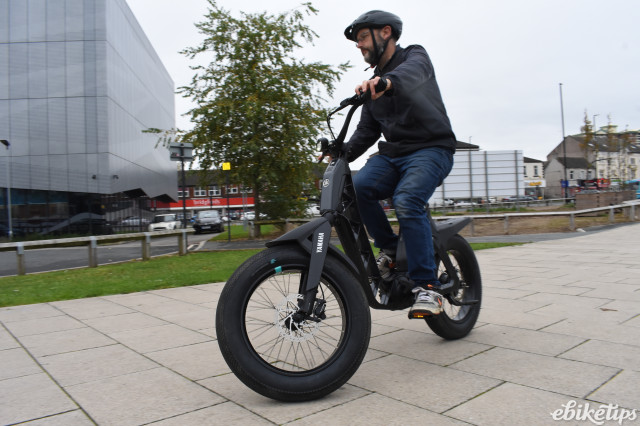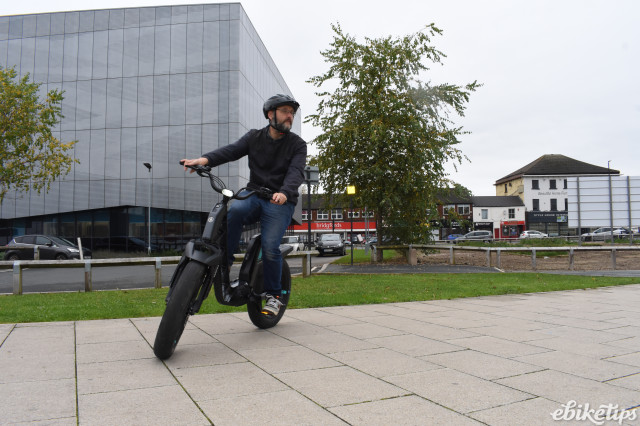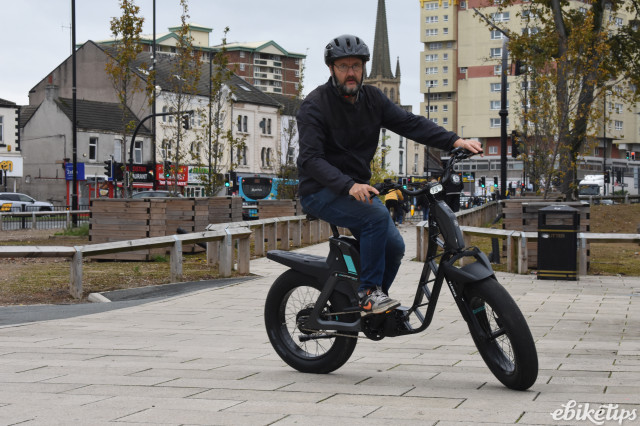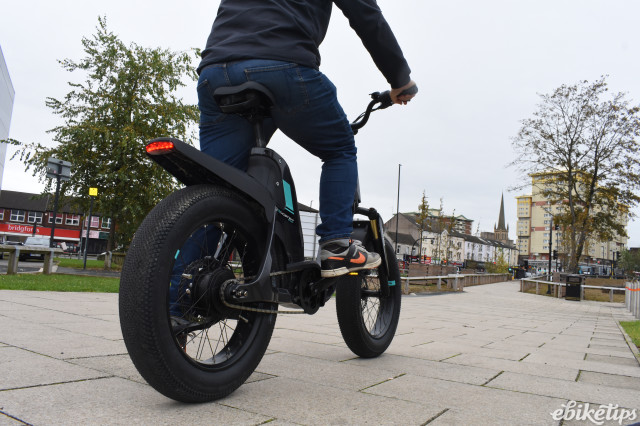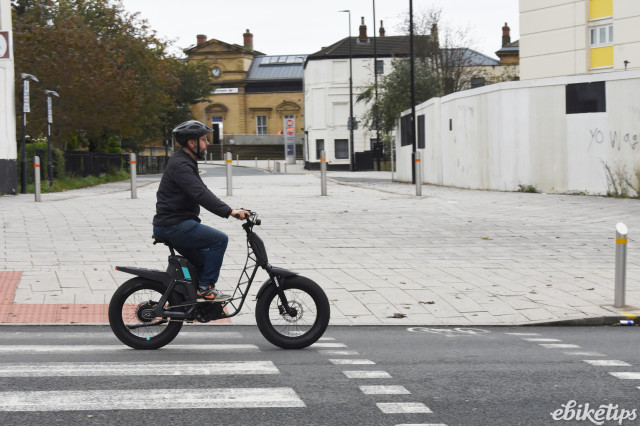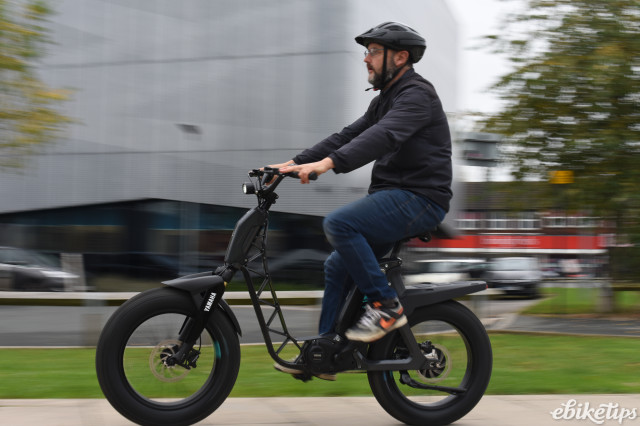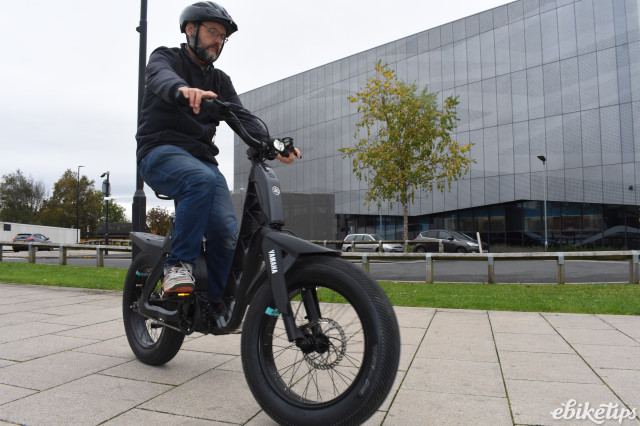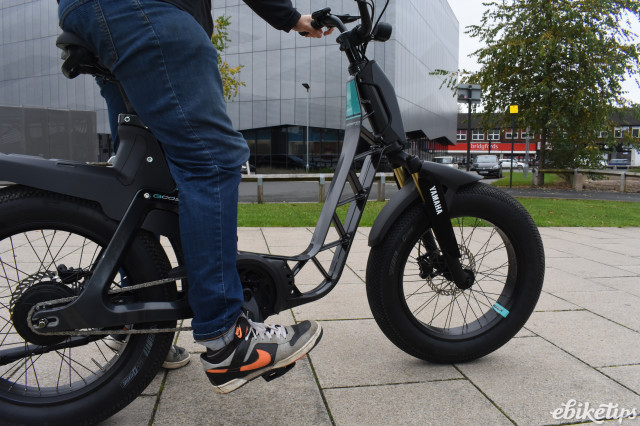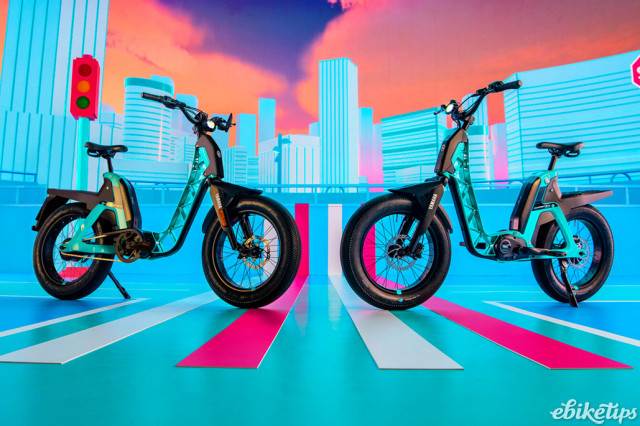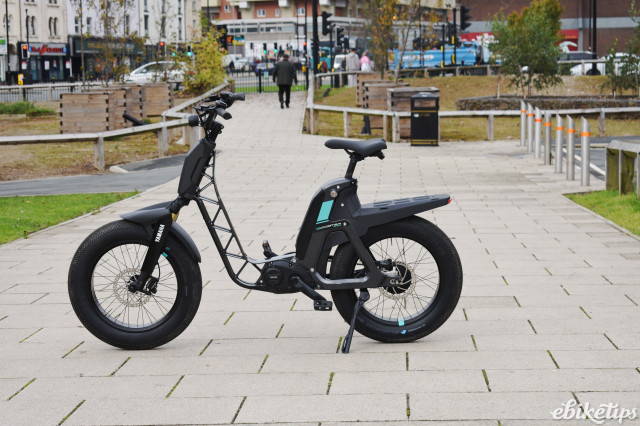Yamaha Booster Easy
Overview
- 4" tyres and front suspension mean a super comfortable ride
- Smooth assist with effective auto mode
- OK range for such a heavy design with stepless gears and fat tyres
- Could do with a bit more pep up the hills
- Mudguards too short
- Carrying accessories are bespoke, pricey extras
We have already taken a brief look at the The Yamaha Booster Easy, covering its launch earlier in the year and the fact that Yamaha now has a range of e-bikes for sale in the UK, including more conventional-looking urban, gravel and e-MTB models.
It was the Booster Easy that caught my eye though, as with its combination of moped styling, striking spaceframe and 4" wide tyres, it looks quite unlike anything else I'd seen emerge from the e-bike world, which I've been covering for a good number of years.
So I jumped at the chance to try one out. I’ve ridden one or two electric fat bikes before and I like the idea of those big tyres that are oh-so-comfortable and will roll over just about anything in their path.
With Yamaha's huge experience in designing all manner of technical items you would expect them to have done their homework on a moped-inspired e-bike design - and with a couple of caveats I found they had succeeded.
Booster Easy - an e-bike inspired by a classic moped design
Those who know their Yamaha history might have spotted Yamaha have borrowed the Booster name from the old MBK Booster, a 50cc petrol scooter made for the European market by Yamaha MBK (the result of Yamaha's purchase of Motobécane, who were based outside of Paris).
You can see the similarities with the petrol powered MBK Booster in the chunky mudguards, but the electric Booster Easy distinguishes itself from every other e-bike I've seen, with a funky spaceframe that is piece of e-bike art in itself.
It's difficult to assess whether the frame keeps the weight down as well as having standout looks. With fat tyres, front suspension, a large capacity 630Wh battery and a fairly powerful 75Nm Yamaha PW-S2 mid-drive, this was always going to be a heavy e-bike compared to the vast majority out there. And so it proves at 35kg – though in fact this compares extremely well with the Eskuta SX250, another moped style e-bike I've tried which tipped my scales at a humongous 61kg. It's also less than the recently-ridden monkey-bike-inspired Super73 R Adventure that tipped the scales at 40.6kg.
The ride
Let's start with the Booster Easy's very positive aspects. The power is smooth and pretty quiet and in proportion to your pedal pressure. The large volume, four inch wide tyres and front suspension make for a sumptuously easy and comfortable ride which is surprisingly fast and free-rolling, as long as the hills don't get overly steep.
On fast descents it feels really stable with tons of grip even on slippy surfaces from the gravel-style tread on those huge tyres. The steering is lovely and predictable and the way the tyres and suspension combine to make mincemeat of everything from deep potholes to badly fissured speed bumps makes this a very safe-feeling bike for the UK's unpredictable and sometimes hostile urban road conditions.
I did an off-road ride on canal towpath and on flat grassy cycle paths and the Booster Easy coped admirably in terms of grip and comfort, though it wouldn't suit tracks with deeper mud where fat knobblies, which the Booster lacks, would come into their own. But if you fancy slightly slippy leisure rides off-road, the Booster Easy should manage easily.
Up my standard extended hill climb, it was a little off the pace of Bosch Performance Line e-bikes I've tried, even though the quoted 75Nm motor of the Bosch motor is exactly the same torque (on paper at least) as the Yamaha PW-S2 mid-drive fitted to the Booster Easy.
There are several factors that might account for this - bigger tyres and a greater weight than average are two obvious ones, but you also have an Enviolo hub gear which is a little slower to change and less efficient than most other gear systems, while the riding position on the Booster Easy puts the rider back of the pedals somewhat so it's just a little harder to leverage your body weight over the pedals.
Still, up to about 10-15% gradients it still felt easy and smooth to pedal and I was only moderately out of breath (and I'm not particularly fit). At grades over 15% that weight starts to tell a bit, but even the Booster Easy made it up my ultra-steep 20% plus gradient, albeit fairly sedately.
It would have been interesting to try the same bike but with one of Yamaha's 85Nm rated motors (the X3 or the XM) and a slightly lower bottom gear to see if that would have made a big difference.
Such a big, heavy e-bike with an Enviolo stepless gear system is never going to offer outstanding efficiency and huge range, but my estimate of around 40 miles makes it a practical machine to ride all day or for several days even, depending on terrain and how far you are going.
The Booster Easy's power levels are also worth a mention as you get the option of an automatic setting. I was pretty impressed with this as the on board sensors seemed to do their job pretty well of detecting when the gradient got steeper or when I upped my pedal effort and demanded more power, the system upping motor output appropriately.
I still found I preferred the four preset levels as they allowed me to get a little more range, but the automatic mode is certainly a nice option to have for busy town riding where you want to concentrate on surrounding traffic.
There are also optional front and rear racks and bespoke bags of various kinds (including rear panniers). Note the Yamaha will not take standard clip-on type panniers, so if you want to carry full luggage it's likely to add several hundred pounds to the cost. The rear carrying platform is rated at a very respectable 25kg.
The hardwired front and rear lighting was superb and makes you highly visible as well as doing a good job of lighting up the road in front of you. The funky looking mudguards did a decent job in non-stop autumn drizzle and whilst they stopped most of the mud on a soggy but easy off-road ride, I still suffered a bit of mud spatter on my backpack, so a bit of extra length on them would have been a welcome addition.
Who would buy the Yamaha Booster Easy?
The young may love the Booster Easy's funky looks (and the Yamaha marketing machine is clearly pushing the youthful, carefree fun angle), but the alterable seat height and low step- through frame plus reassuring handling and comfort would suit older riders just as much - if not more - assuming they can cope with the 35kg weight when off the machine.
Younger riders might take more of a shine to the Booster's speed pedelec version which looks pretty much the same apart from a wing mirror and ID plate as required by legislation. Simply entitled Booster, that version offers 28mph pedelec power and that reassuring fat tyre handling would go nicely with the extra speed. Of course if you wanted to ride the speedier Booster then you would need to navigate the labyrinth of UK legal requirements for speed pedelecs.
There's not much else out there like the Yamaha Booster Easy. My recent experience with the Super73 R Adventure showed it was more feasible as a speed pedelec than an e-bike. The Booster fares much, much better as an e-bike and Yamaha have done the obvious thing in producing a separate speed pedelec version.
Whilst the Yamaha Booster Easy is undoubtedly designed to appeal on its looks alone, it's also a surprisingly practical urban runaround and a joy to ride off-road, providing the conditions don't get too tough. And although at £2,900 it is a big chunk of cash, you get a lot of high quality e-bike for the money.
6 comments
It's like Sredlums says - this thing is not recognisable as a bicycle, and deliberately so. And yet the whole premise of e-bikes sheltering under the same legislative umbrella as bicycles is that they are very similar, basically the same in fact with just some mild assistance. Move too far away from that and the premise is false.
Want to have a laugh? Go check the accessories on Yamaha's website! I don't know if the prices are hacked, but come on - 60 pounds for a kickstand, over 200 pounds fora though axle, and the list goes on! Chapeau if they are managing to sell them for those prices!
@Secret_squirrel: Yes, it is, very clearly, an ebike. The fact that is so clear that it is an ebike is actually confirming my point: ebikes are straying so far away from normal bikes, and also from what makes normal bikes so great, that it is quicly loosing those great assets.
They are no longer relatatively affordable, they are no longer almost maintenance free, they are no longer 'grab and go', they no longer last for decades, they are no longer lightweight and easy to manoeuvre, they are no longer simple and uncomplicated, and the list goes on.
It's only a matter of time before most people on ebikes will not pedal at all any more (most of the youth already don't), so the health benefit will also be gone. They will also go faster, bringing danger to the often inexperienced riders and those around them.
A good ebike SHOULD offer the same experience as a normal bike, with some e-assitence as an extra. In reality they are quicly becoming a whole other beast, and that change isn't for the better.
My dislike for these new kind of ebikes has nothing to do with narrow mindedness, but is based on simple facts.
Its an ebike. There is no requirement for it to be the same as a bike. You are missing the point. It doesnt have to provide the same experience as cycling for a pootle to work or the shops. Loose the narrow mindedness.
Straying further and further away from what made bicycles so awesome.
35kg, Yamaha motor, very low saddle making pedaling only excuse to still call it a 'bike'. Horrible.
35kg, yikes! At this point the 250W motor seems to there purely to overcome its own corpulence. Coupled with the poor pedalling dynamics and obvious reference to motorcycling style and heritage, the target market will soon be clamouring for more power, which is doubtless latent by design and will be only a simple intenet hack away.


